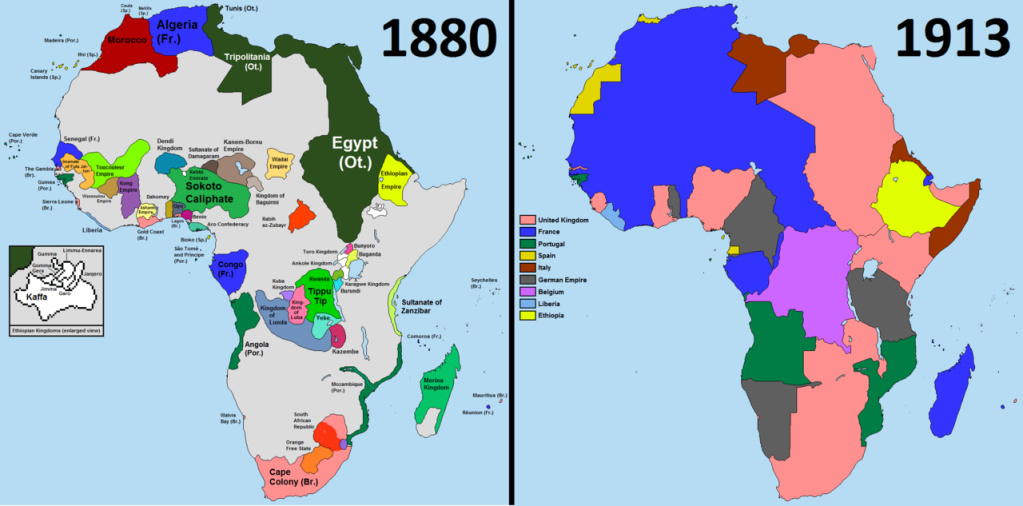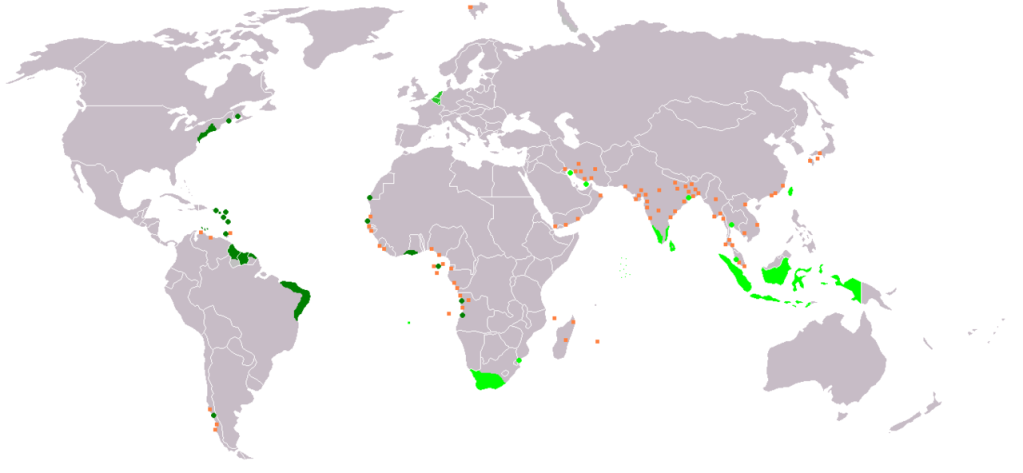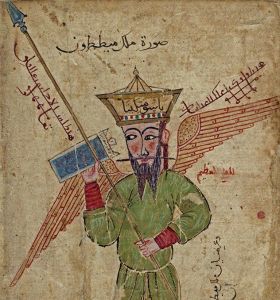There are a handful of creatures that appear across various cultures regardless of the early distances between them. Some of these are hard to explain (dragons are an odd one), but others make perfect sense. For our list we will be dealing with a group of the latter. Giants, though they have few set characteristics across cultures, seem to pop up everywhere from creation myths and ancient legends to folk and fairy tales. Perhaps the idea of massive, grotesque humans is just something we all innately fear. Maybe it was just the first and easiest ‘monster’ for early man to concoct? We’ll never know for sure, but what we do know is our human stories are chock full of them and I’ve decided to collect eleven to share with you today. As always, I hope you learn something and enjoy.
1.Gogmagog
Our first entry comes from Welsh and English mythology. There is an odd and eclectic group of stories that aimed to tie the British Isles to the classical worlds of Greece and Rome. In these stories, a hero, in this case a Trojan colonizer named Corineus, travels to the far-off Isles and finds the mythic land of Albion. Despite being an idyllic place for our Trojan and his men to settle, Albion is also home to a gang of giants. Early on in the settlement’s history, this gang of twenty odd giants invades, burning it to the ground and killing many of the settlers. Corineus, not one to just take something like this lying down, rallies the survivors and they retaliate, managing to kill every giant but one; Gogmagog. Now Gog was no slouch. He was said to be 12 cubits tall (just shy of twenty feet) and used an uprooted tree as a club. Instead of just duking it out, our Trojan hero challenges Gog to a wrestling match. Seemingly a good fit for a giant, Corineus uses his superior skill to throw Gog from a nearby cliff and into the sea where he drowns. As always, there are alternate versions of the story worth noting. In some tales Gog & Magog are brothers or cohorts, while in an even later story the giant is not killed, but captured as a prize for King Arthur.
Continue reading















